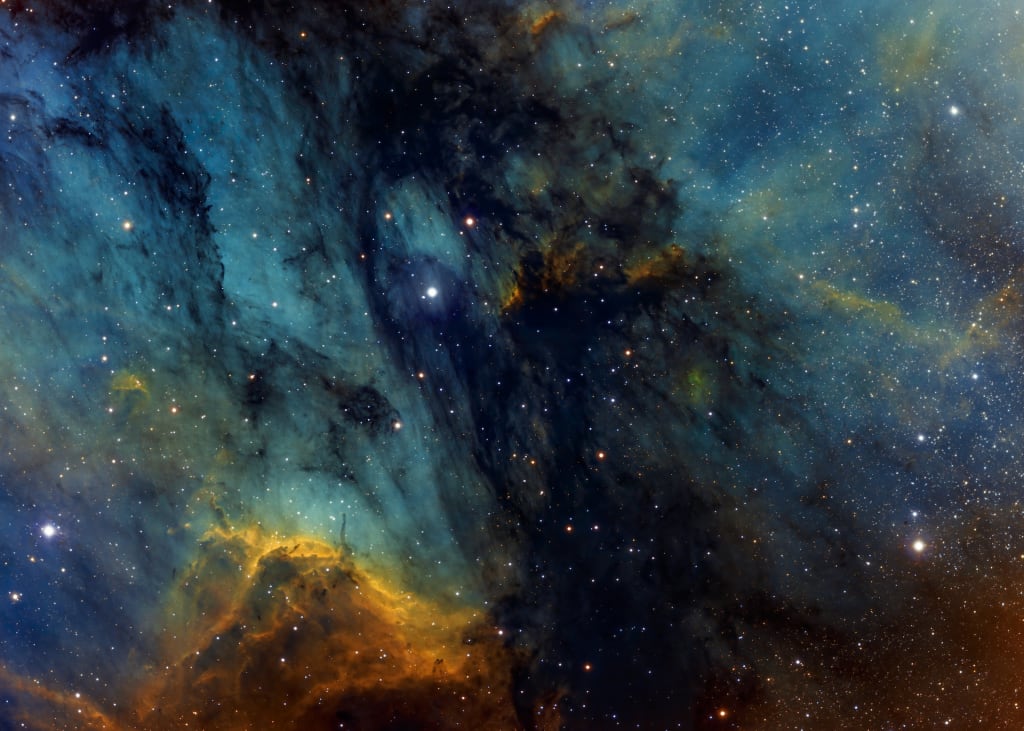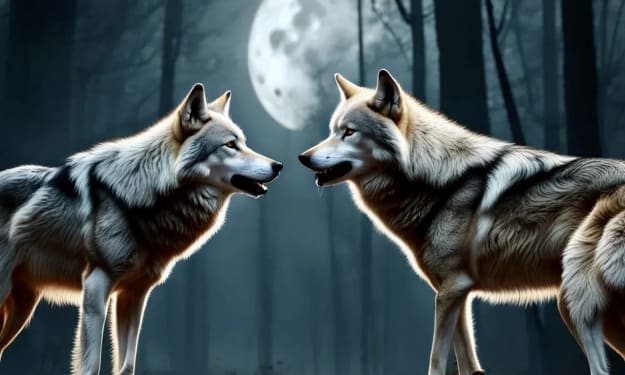The Neutron Star's Life Cycle Over Time
A neutron star's cycle of life.

A huge star in our galaxy runs out of fuel around once every century. It collapses under the weight of its own gravity and erupts in a supernova because it is no longer able to generate enough energy to keep its structure intact. A neutron star, one of the universe's densest known objects, is created when that star dies. David Lunney investigated for us in this piece to know what a neutron star is specifically.
About once every century, a massive star somewhere in our galaxy runs out of fuel. This happens after millions of years of heat and pressure have fused the star’s hydrogen into heavier elements like helium, carbon, and nitrogen— all the way to iron. No longer able to produce sufficient energy to maintain its structure, it collapses under its own gravitational pressure and explodes in a supernova.
The star shoots most of its innards into space, seeding the galaxy with heavy elements. But what this cataclysmic eruption leaves behind might be even more remarkable: a ball of matter so dense that atomic electrons collapse from their quantum orbits into the depths of atomic nuclei. The death of that star is the birth of a neutron star: one of the densest known objects in the universe, and a laboratory for the strange physics of super condensed matter.
But what is a neutron star? Think of a compact ball inside of which protons and electrons fuse into neutrons and form a frictionless liquid called a superfluid, surrounded by a crust. This material is incredibly dense—the equivalent of the mass of a fully-loaded container ship squeezed into a human hair, or the mass of Mount Everest in the space of a sugar cube. Deeper in the crust, the neutron superfluid forms different phases that physicists call “nuclear pasta,” as it’s squeezed from lasagna to spaghetti-like shapes.
The massive precursors to neutron stars often spin. When they collapse, stars that are typically millions of kilometers wide compress down to neutron stars that are only about 25 kilometers across. But the original star’s angular momentum is preserved. So for the same reason that a figure skater’s spin accelerates when they bring in their arms, the neutron star spins much more rapidly than its parent. The fastest neutron star on record rotates over 700 times every second, which means that a point on its surface whirls through space at more than a fifth of the speed of light. Neutron stars also have the strongest magnetic field of any known object.
This magnetic concentration forms vortexes that radiate beams from the magnetic poles. Since the poles aren’t always aligned with the rotational axis of the star, the beams spin like lighthouse beacons, which appear to blink when viewed from Earth. We call those pulsars. The detection of one of these tantalizing flashing signals by astrophysicist Jocelyn Bell in 1967 was, in fact, the way we indirectly discovered neutron stars in the first place. An aging neutron star’s furious rotation slows over a period of billions of years as it radiates away its energy in the form of electromagnetic and gravity waves. But not all neutron stars disappear so quietly. For example, we’ve observed binary systems where a neutron star co-orbits another star.
A neutron star can feed on a lighter companion, gorging on its more loosely bound atmosphere before eventually collapsing cataclysmically into a black hole. While many stars exist as binary systems, only a small percentage of those end up as neutron-star binaries, where two neutron stars circle each other in a waltz doomed to end in a merger. When they finally collide, they send gravity waves through space-time like ripples from a stone thrown into a calm lake.
Einstein’s theory of General Relativity predicted this phenomenon over 100 years ago, but it wasn't directly verified until 2017, when gravitational-wave observatories LIGO and VIRGO observed a neutron star collision. Other telescopes picked up a burst of gamma rays and a flash of light, and later, x-rays and radio signals, all from the same impact. That became the most studied event in the history of astronomy. It yielded a treasure trove of data that’s helped pin down the speed of gravity, bolster important theories in astrophysics, and provide evidence for the origin of heavy elements like gold and platinum.
Neutron stars haven’t given up all their secrets yet. LIGO and VIRGO are being upgraded to detect more collisions. That’ll help us learn what else the spectacular demise of these dense, pulsating, spinning magnets can tell us about the universe.
About the Creator
Althea March
I am a writer who searches for facts to create compelling nonfictional accounts about our everyday lives as human beings, and I am an avid writer involved in creating short fictional stories that help to stir the imagination for anyone.
Enjoyed the story? Support the Creator.
Subscribe for free to receive all their stories in your feed. You could also pledge your support or give them a one-off tip, letting them know you appreciate their work.






Comments
There are no comments for this story
Be the first to respond and start the conversation.